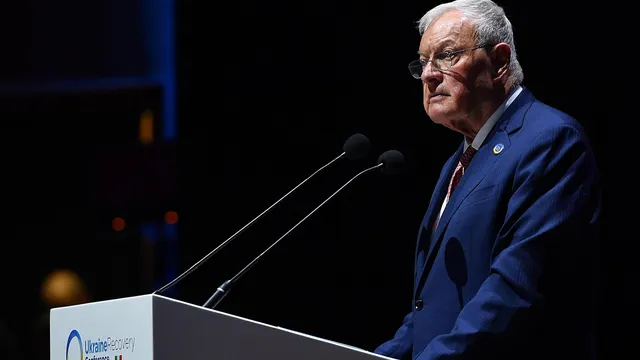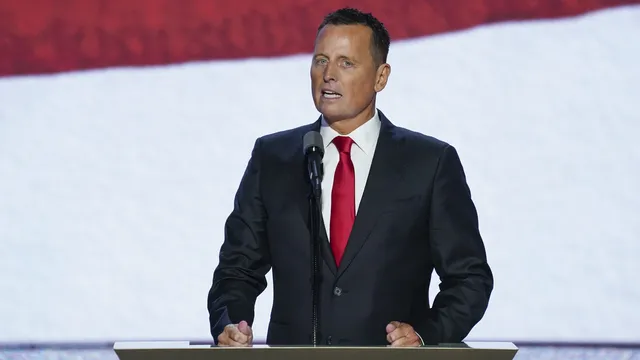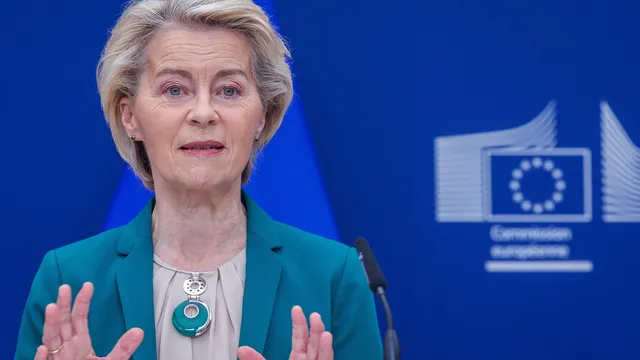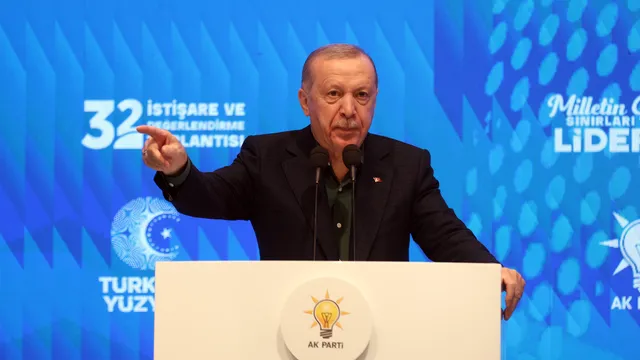The US military, in cooperation with the Panamanian police, has begun a new series of military exercises aimed at protecting the strategic Panama Canal. The actions are taking place against a backdrop of growing tensions related to Chinese influence in the region.
The exercises opened with the arrival in Panama of three US military helicopters – two UH-60 Black Hawks and one CH-47 Chinook – which landed at Panama-Pacific Airport, located on the site of the former US base Howard.
Michael Palacios, deputy commissioner of Panama’s National Aeronautical Service (SENAN), explained that the maneuvers aim to prepare Panamanian forces, as well as regional partners, to deal with any potential threats to the security and defense of the canal.
Similar joint exercises were held a month ago, under a bilateral agreement that allows the United States to use Panamanian air and naval bases for training — without establishing permanent U.S. bases on the country’s territory. The agreement has sparked public discontent and protests in the Central American country.
The maneuvers also come amid increasingly harsh rhetoric from U.S. President Donald Trump, who has warned that he could “retake control” of the canal, claiming that China has too much influence over the trade route.
In April, Trump pushed for free access for U.S. commercial and military ships through the interoceanic canal, saying that “the canal would not exist without the United States.”
Panamanian President Jose Raul Mulino responded that canal fees are regulated by the Panama Canal Authority, an independent body that manages this key trade route.
The US military presence in Panama remains a sensitive issue, recalling the period when the US maintained a network of military bases in the country until the final handover of the Panama Canal on the last day of 1999.
SENAN said the current exercises will continue until Friday and will be conducted with full respect for national sovereignty. Palacios added that these joint military exercises have been taking place for 23 consecutive years. | BGNES

 Breaking news
Breaking news
 Europe
Europe
 Bulgaria
Bulgaria







